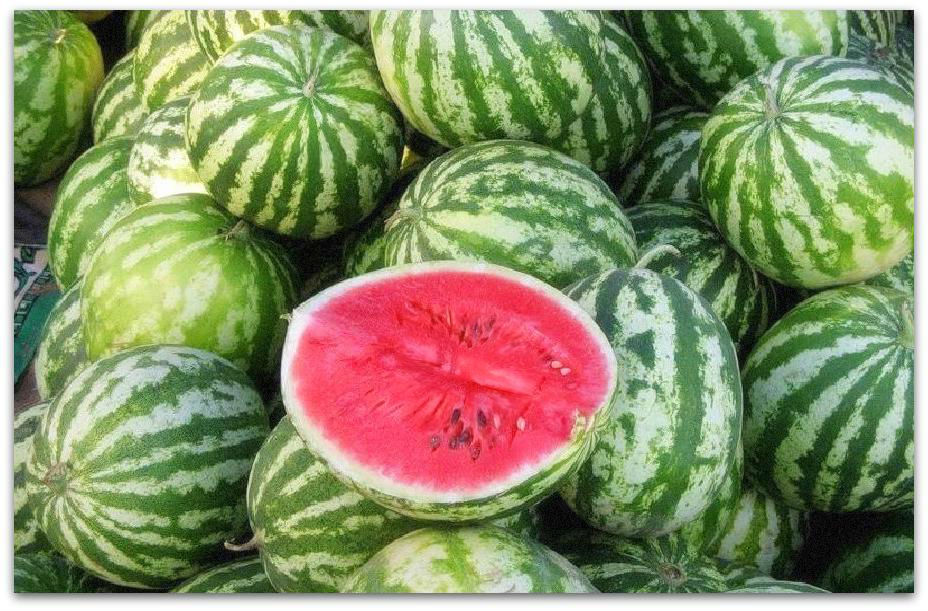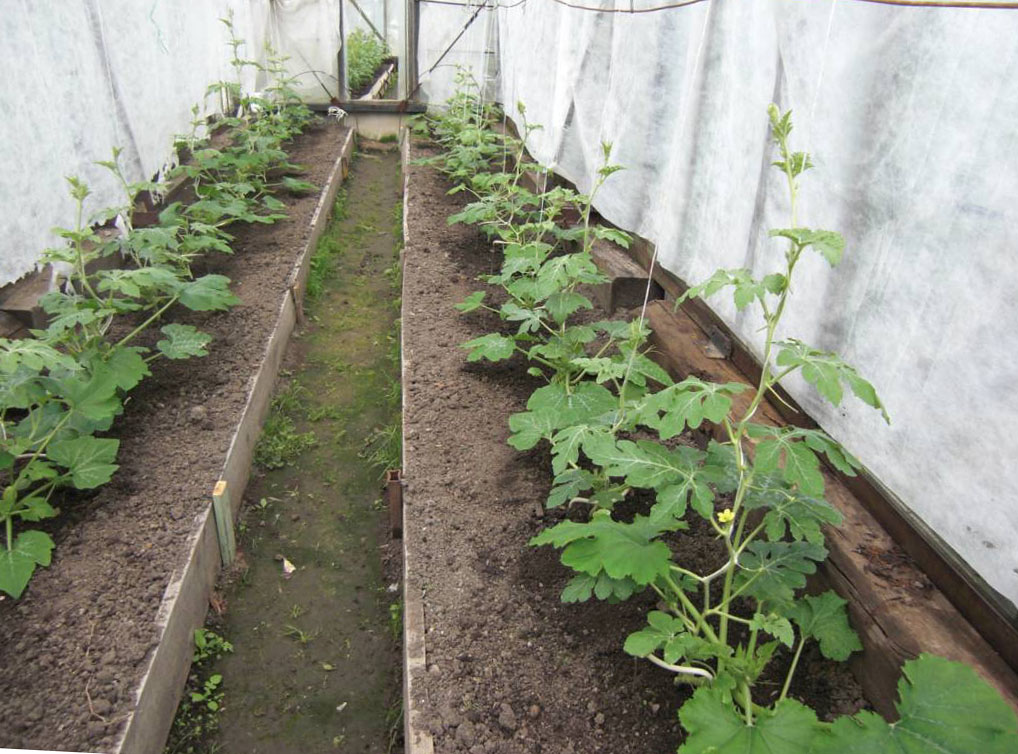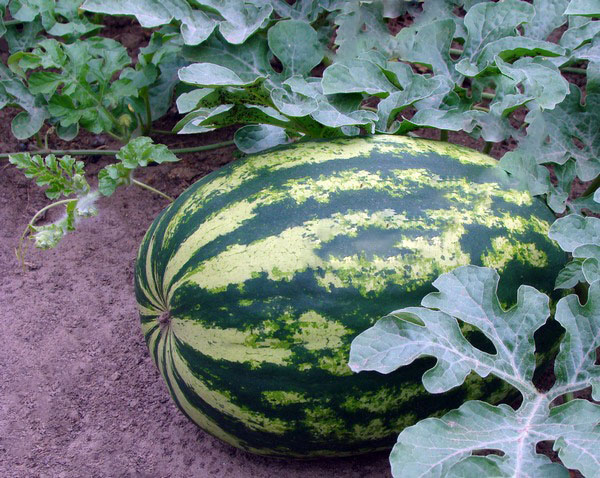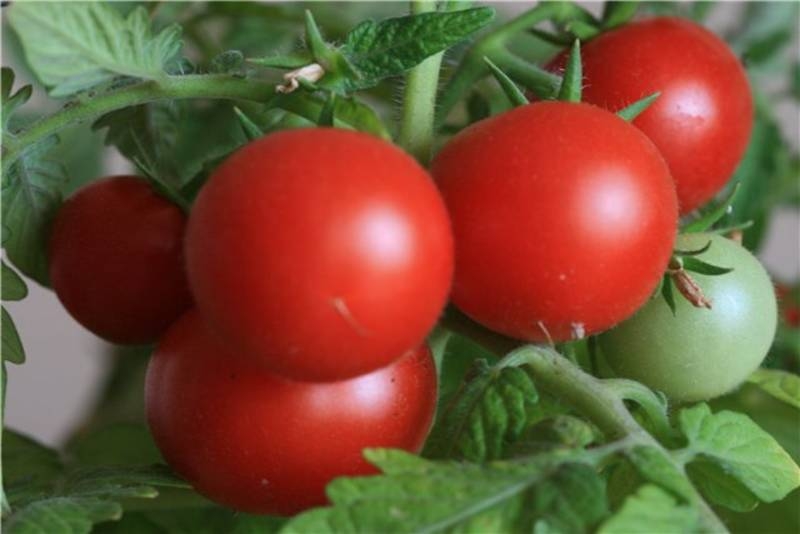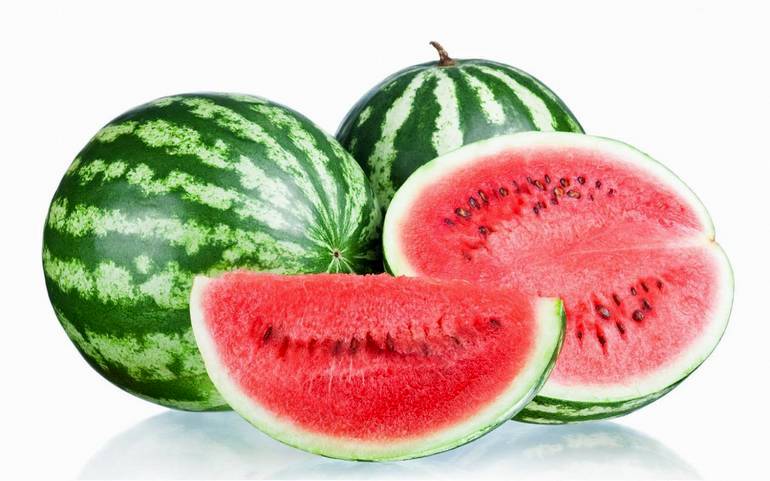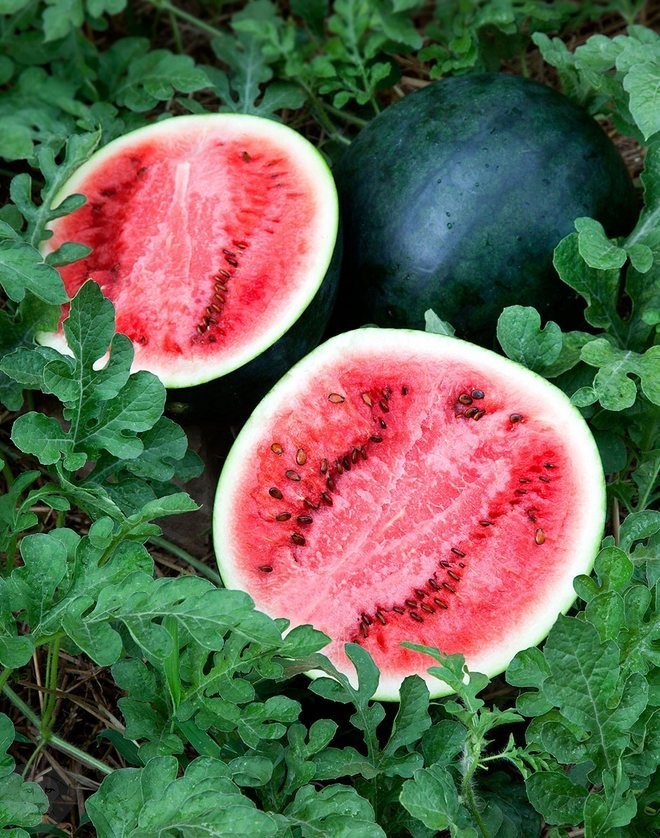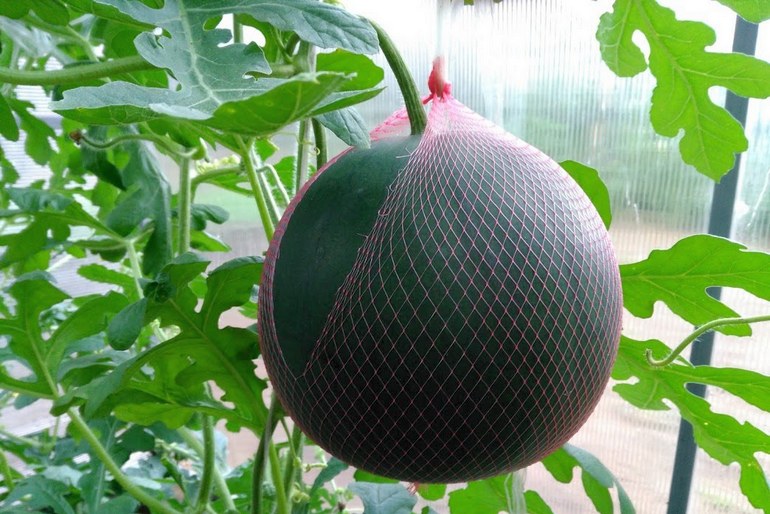Content:
Few people can be found who would not love this largest, sweet and juicy berry - watermelon. And one of the most delicious varieties with a high sugar content in the fragrant pulp is the Astrakhansky watermelon. Due to their excellent qualities, the fruits are appreciated by buyers in different regions of our country.
The history of the creation of the variety
The first mentions of the cultivation of this largest berry are found in Egyptian manuscripts dating from about 2000 BC. e. Over time, the fruits and seeds of this delicious fruit began to spread to other countries - along with trade caravans. Watermelons were brought to our country at the beginning of the XII century by traders from Persia. The new plant began to be grown in the southern regions of Russia, where over time this melon plant occupied more and more sown areas.
A written mention of watermelons from the Astrakhan province is dated 1560, and the great Peter 1 liked the fruits of this melon culture so much that he ordered to issue a commemorative medal in honor of the watermelon. The awarding ceremony was accompanied by festive fireworks. Moreover, it was the watermelons grown in Astrakhan that received the award.
Since then, the taste of this berry has not deteriorated, but only improved, and other characteristics of the variety have also improved. And to this day, Astrakhan is famous for the cultivation of this melon culture.
As a separate variety, the Astrakhan watermelon was described and entered into the USSR State Register only in the second half of the last century. The breeders of the All-Union Scientific Research Institute of Irrigated Vegetable and Melon Growing studied and described the variety.
Characteristics and description of the Astrakhansky watermelon variety
Scourges are long, the appearance of side shoots is average. It is better to leave 2-3 lateral shoots when forming lashes, and on each lash - no more than two ovaries for better fruit ripening.
The ripening berries have a classic ball shape (or slightly elongated). The pulp is slightly loose, juicy and sweet, its color is deep red. The skin is smooth, even, about 2-2.5 cm thick. Its color is typical for watermelons: from light green and dark emerald longitudinal stripes. The weight of ripe fruits ranges from 8 to 10.5 kg.
Ripe watermelons are distinguished by excellent taste and excellent presentation, they tolerate transportation well, without bursting and without losing their taste. The harvested crop can be stored without loss of presentation and taste for up to 60-70 days.
Due to their high immunity, Astrakhan watermelons are resistant to anthracnose and fusarium, as well as to most diseases affecting melons and gourds.
The variety is undemanding to growing conditions and gives high yields from year to year. It is this variety that is most popular among buyers in different regions of our country. From the moment when watermelons ripen in Astrakhan and enter the counters of bazaars and shops, queues of lovers of this sweet and tasty melon berry line up behind them.
When do watermelons of this variety ripen in Astrakhan and in other regions? In terms of ripening, the Astrakhan watermelon belongs to the mid-early species - about 2.5 months pass from the moment the first sprouts appear until the fruit ripens.
The variety can be grown in open ground, as well as in greenhouse conditions in regions with a short summer period: in the Urals, in the Moscow region or in Siberia.
Planting and growing watermelon of Astrakhan
There are two ways to plant watermelons:
- directly to the beds;
- seedlings at home, followed by transplantation to a permanent place in the greenhouse.
The first method is used when growing watermelons in the southern regions, where the summer period lasts a long time and the fruits of this melon culture have time to fully ripen.
The second method is used in conditions of short summer and difficult climatic conditions in regions such as the Moscow region, the Urals, Eastern and Western Siberia.
In the first case, you can sow dry seeds directly into the ground, or you can pre-soak them for several days by wrapping them in a damp cloth. The fabric must not dry out! After the seed has germinated, it can be planted in prepared beds.
With the seedling method, seedlings should first be grown at home, which are then moved to greenhouses. In this case, the seeds are first kept in a weak solution of potassium permanganate for half an hour, then washed and soaked in wet gauze until sprouts appear. At the same time, containers and soil are prepared for further planting of seeds.
The soil can be bought in a specialized store, or you can prepare it yourself. To do this, take in equal parts humus, river sand and turf soil, mix thoroughly, spill with weak potassium permanganate (for disinfection). When the resulting nutrient substrate is dry, it is ready to use. This nutrient mixture is placed in containers and sprouted seeds are planted. They need to be deepened by 3-4 cm. The crops are watered, covered with polyethylene and placed in a well-lit warm place. With proper planting of seeds, the first shoots will appear in 5-7 days.
The soil and greenhouses for planting watermelons should be prepared in advance. And you should start in the fall. All the remains of the tops are removed, organic and mineral fertilizers are introduced, which, when digging, are embedded in the soil to a depth of 8-9 cm. The walls of the greenhouse should be disinfected with a solution of copper sulfate or Bordeaux liquid.
You should also follow the rules of crop rotation and grow melons and gourds on the same plot every 4-5 seasons. You can not plant watermelons after pumpkins (or melons), any types of cabbage and cucumbers. The best predecessors for this melon crop are peas, beans, soybeans, potatoes, corn.
To grow a good harvest of watermelons, you must first of all choose the right place for planting them: it must be a sunny area protected from strong winds with loose fertile soil in which moisture does not stagnate. The acidity of the soil should be neutral (or slightly alkaline). Dolomite flour or lime should be added to too acidic soil in autumn for digging.
When planting seed directly into the ground, it is necessary to observe the distance between plants in a row - about 0.8 m, and between rows - up to 1 m.Seeds are buried in the soil by 4 cm, when planting seedlings, planting holes are dug up to 7-8 cm deep. In this case, the soil should warm up to a temperature of 15⸰С.
In order for the fruits to ripen in the open field, the seeds are planted in May. In this case, the harvest of ripe watermelons can be harvested from mid-August to early September. In colder regions, when growing watermelons in seedlings, these melons can ripen earlier.
Daytime temperatures for growing and ripening watermelons in the open field are 29-31⸰С. And at night - about 19-20⸰С.
The main thing when growing Astrakhan watermelon is compliance with the irrigation regime. These plants need a lot of moisture during the period of growth and flowering (at this time they should be watered at least once every 7 days), during the appearance of ovaries and the beginning of fruit ripening, the number of watering is reduced, and during active ripening, watering is stopped altogether. The lack of watering at the time of ripening of watermelons contributes to an increase in their sugar content, and also accelerates this process.
Other necessary activities for the care of watermelons:
- regular loosening of the soil;
- applying a layer of mulch;
- weed removal;
- making two to three dressings per season.
Advantages and disadvantages of the variety
This melon species has a number of undoubted advantages over other varieties of watermelons:
- excellent taste of ripe watermelons;
- excellent presentation;
- the possibility of growing not only in the open field, but also in a greenhouse;
- high resistance to diseases typical for watermelons and melons;
- perfectly tolerates long-distance transportation;
- good productivity;
- can be stored up to 2-2.5 months;
- the plant is unpretentious to growing conditions;
- high resistance to drought.
There are practically no disadvantages of this variety.
